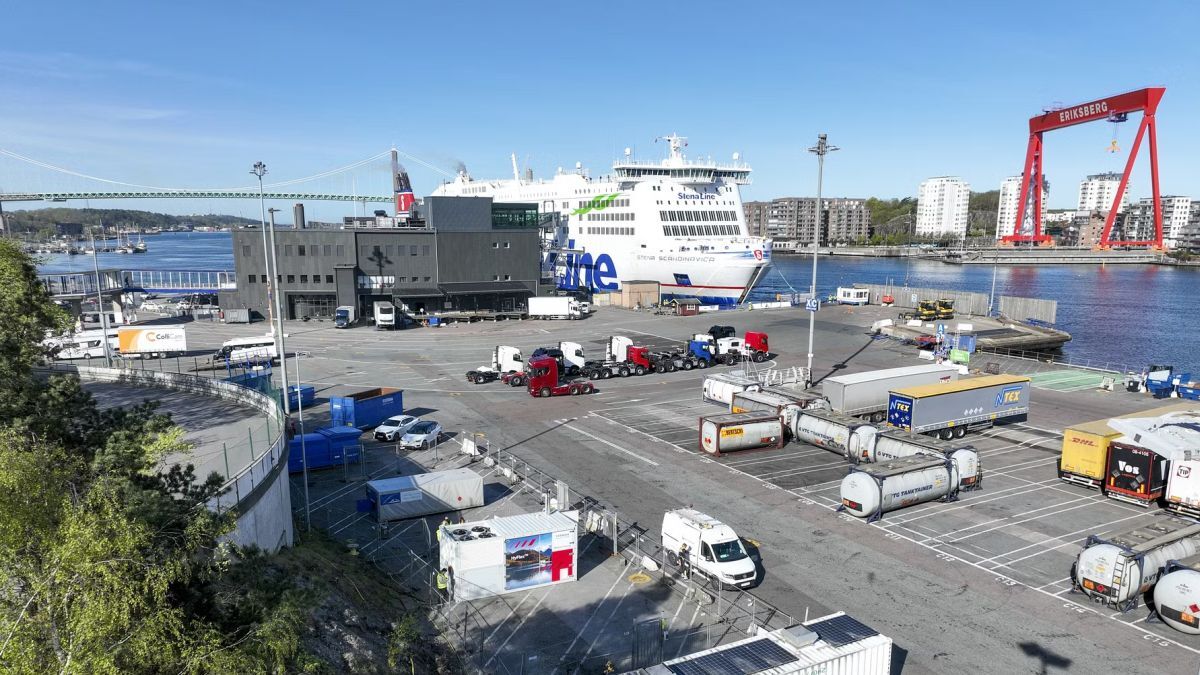Hydrogen-Powered Generator Reducing Emissions at Port of Gothenburg
Key Ideas
- A hydrogen-powered generator connected to Stena Line's shore power facility at the Port of Gothenburg is reducing emissions for docked vessels.
- In 2030, a new EU regulation will require vessels to use onshore power supply at berth, with hydrogen identified as a solution for meeting these emissions requirements.
- The project is a collaboration between Stena Line, the port of Gothenburg, Hitachi Energy, PowerCell Group, and Linde Gas, showcasing partnerships for sustainable solutions.
- Hydrogen technology is not only being tested for vessel power but also for trucks, work vehicles, and heavy machinery in port operations, indicating a broader sustainability effort.
A project in its final phase at the Port of Gothenburg is showcasing the use of a hydrogen-powered generator to reduce emissions in ports lacking conventional shore power connections. Stena Line's collaboration with the port is testing green hydrogen as a fuel source for docked vessels, aligning with upcoming EU regulations mandating onshore power supply for ships at berth. The initiative aims to reduce over 1 million tonnes of carbon dioxide emissions annually. Hitachi Energy, PowerCell Group, and Linde Gas are key partners in this innovative trial, highlighting the importance of industry collaboration for sustainable solutions. The port, with its experience in onshore power supply, views hydrogen technology as a promising option for meeting emission standards. Beyond vessel power, the project extends to hydrogen refueling for trucks and testing hydrogen-powered vehicles, showcasing a comprehensive approach to sustainability in port operations.
Topics
Power
Innovation
Sustainability
Green Technology
Partnership
Emissions Reduction
EU Regulation
Fuel Cell Integration
Port Infrastructure
Latest News
